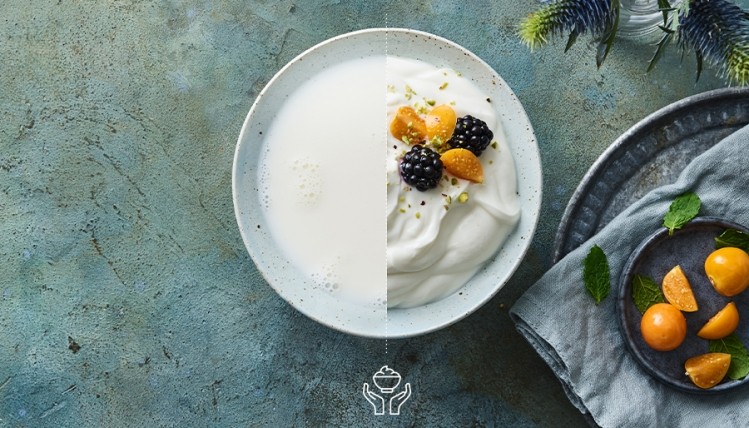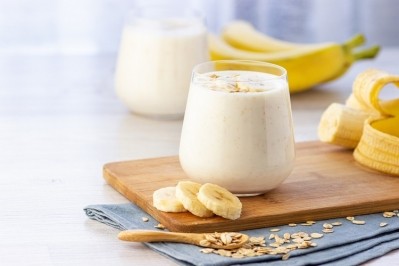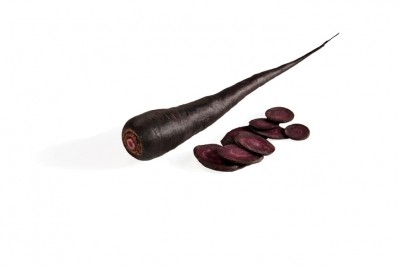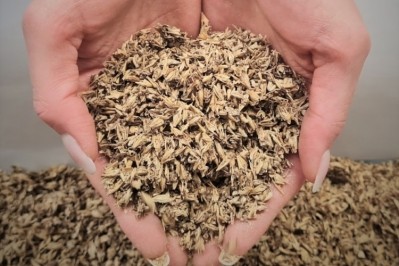‘We’re helping to advance the frontiers of yogurt making’: Chr Hansen on its latest range of cultures

Chr Hansen has unveiled its 'next-generation of premium cultures' designed to help food manufacturers offer indulgent, high-texture yogurt with fewer additives, or create healthier, premium yogurts with the optimal amount of probiotics.
And with dairy producers managing intense competition and shrinking margins within their industry, the company says the range can improve its customers’ margins by reducing the need for expensive skim milk powder.
Its first new offering – called YoFlex Premium – is a natural, mild tasting culture that allows for the making of a luxurious yogurt naturally with high mouth thickness and gel firmness – reducing the need for expensive milk powder and unwanted additives.
“It’s unique because it yields exceptionally high mouth thickness and mild flavour, both of which are crucial for creating new taste experiences,” said Thomas Skaaning, senior vice president, Food Cultures & Enzymes, Chr. Hansen. “While taste is the primary differentiator for many dairies, the most strategic players in our industry succeed because they understand that texture is the other half of the equation, as it strongly influences how taste is perceived.”
Earlier this year Chr Hansen conducted a survey in France which found that texture scored second-highest among purchase motivators for consumers buying yogurt and fermented milks, after value for money.
Skaaning therefore believes end consumers will welcome the enhanced texture the new culture gives to products “irrespective of whether producers are looking to reduce added ingredients or lower costs”.
Unleashing the power of probiotics
The second product – the nu-trish Premium – are cultures made with Bifidobacterium (BB-12) and Lactobacillus rhamnosus (LGG), two probiotic strains linked to immune and digestive health, thus allowing manufacturers to fashion luxurious, probiotic yogurts that respond to rising consumer interest in immune health.
More research has revealed that with recent events, consumer priorities have evolved worldwide, with six out of 10 stating they are more conscious of their immune health and general wellbeing than before. 35% of global consumers have reported an increased use of foods to boost immunity, and more specifically, 70% of consumers in Europe associate probiotics with helping to boost their immune health.
“Together, this newest generation of premium cultures represents an opportunity for fresh dairy producers to elevate the value of traditional yogurt by advancing its inherently tasty and nutritious benefits in a natural way,” stated Skaaning. “This makes the Premium cultures ‘the perfect partner’ for producers.”
Two years of R&D
The products are the result of a two-year project at Chr Hansen. “We've been looking to face the challenge of creating something that is tasty and at the same time being healthy,” Skaaning told FoodNavigator. “That's always been a big dilemma for our customers and something that consumers are actively looking for.”
He explained the company’s ‘long journey’ involved experiments with the best culture building blocks to bring texture through fermentation.
“We were looking to create a perfect yogurt basically with just the use of cultures and milk,” he said. “By finding the right cultures and combinations we have been able to really drive up texture, gel firmness and the mouthfeel or creaminess of the product.”
The end result is an ‘indulgent and nutritious yogurt created without the use of a lot of artificial ingredients and stabilisers’.
There are different ways that yogurt makers can increase texture, Skaaning continued. “One way is to use stabilizers or starches or artificial ingredients. Another way is to increase the protein content. The option we are offering is by using cultures to increase the texture. By providing these cultures, it allows our customers to clean up their recipes, and to reformulate and to make a healthier option, which combines just milk and cultures.
“In a lot of yogurts our customers increase the protein content to get to the texture they need to have an indulgent product. Now they can look to reducing the protein, and in doing so the products become more efficient. It also helps with sustainability because they get more out of less milk.”
The challenges in experimenting with the different building blocks is that sometimes things don't go hand in hand’, he elaborated. “It's a massive complex issue where you need to get the balance right in all areas to make it an indulgent yogurt that is tasty and gets consumer preference.”
Helping to reduce costs
Reducing the protein content, meanwhile, brings yogurt makers potential costs savings. “A lot if these high protein products are sold on the high protein content from a nutritional point of view, but in the basic yogurt segment, you're basically looking at three and half to four grams of protein per serving”, explained Skaaning. “So, if you can play around in that space it really allows you to save money and cater to a mass market where affordability is also driving consumer behaviour on the back side of this whole situation.”

Leveraging health benefits of probiotics
It was a similar story with the Chr Hansen’s probiotic innovations, where the team experimented with different strains in different ratios ‘to deliver great taste, increased texture properties, pH stability and securing probiotic cell count matching the daily dose’.
Skaaning revealed that the company is attempting to leverage the health benefits of probiotics via yogurts. The key to success in probiotics relies on regular consumption. The humble yogurt, therefore, is an ideal conduit for probiotics to be delivered in everyday foods that are easily incorporated into peoples’ lives.
"Timing is not to essential, but getting your daily dose is essential and something we really target. That's why we firmly believe a yogurt is a fantastic vehicle for probiotics because for instance in Scandinavia you have it for breakfast in the morning, in France they have it as a dessert after lunch, you can have it as a snack or as a drinking yogurt on the go. I think the yogurt offers so many opportunities and eating occasions that it's just a perfect vehicle and it's inherently nutritious itself. So, when you combine the two you get a perfect daily dose based on a highly nutritious milk-based yogurt product. You get vitamins, you get calcium, a lot of other benefits. That's the reason why we see it as the perfect partner, not just for us but also for consumers looking for additional health benefits as part of their daily diet.”
Microbiome science, meanwhile, is advancing at a rapid clip, a fact that brings challenges as well as opportunities. In another innovation, Chr Hansen has therefore unveiled the Probiotic Institute in order to share with consumers “what it is we're talking about when we talk probiotics, what they are and what they are not, and to take care of some of the myths we see and why it is important to get the right probiotic strain with the right documentation level where you have science behind it to back it up”.
One myth, for example, is that everything fermented that contains bacteria is probiotic. “Fermentation is a great tool to convert a lot of raw materials into fantastic food experiences for consumers but that doesn't make them probiotic,” pointed out Skaaning. “Probiotics are strains that have a specific health benefit and it has to be documented and there needs to be science behind it and that's what we are investing in. We've invested a lot of money, resources, and effort into documenting the benefits that are there.”
Skaaning elaborated further on the ambitions behind the latest products. “With this launch, we underscore our commitment to working alongside our customers, co-creating food products whose taste, texture, and health benefits delight consumers and support their wellbeing. Together, we can raise the bar and advance the frontier for what is possible for yogurt-making.”


























